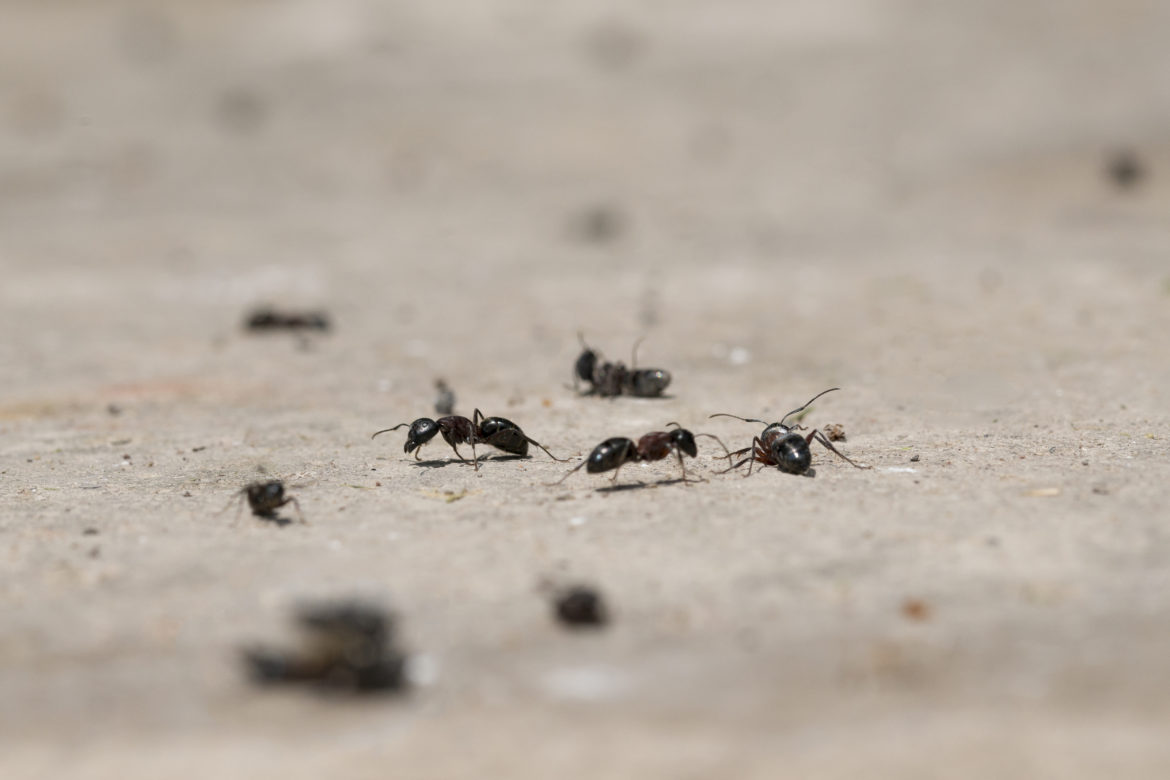
At first glance, an ant is a minuscule creature, completely undifferentiated from its nest mates. One ant is the same as the next one, and they all meld into a giant, moving blob. However, could it be possible that seeing ants in this way is just a matter of perspective?
There are as many as 15,000 known ant species in the world, and they are everywhere. If we were to take all the animal biomass of a Brazilian rainforest and weigh it, at least a quarter of it would be from ants. Even in urban areas such as New York City, you have colonies upon colonies of pavement ants waging war against each other over territory.
However, if we were to take a close look at one of these ants using a process known as macrophotography, we would be able to see every single detail on an ant’s body, including every single strand of hair, every pore in the exoskeleton, and every single facet of the ant’s eyes. What’s interesting is that when you get this close up to an ant, you start to see a wide variety of styles, faces and shapes that are very hard to detect from our usual vantage point. Suddenly, one of these members of a faceless collective acquires its own individuality.
Besides seeing the interesting differences between individual ants and between different ant species, this technique also allows researchers to better understand how ants evolved in different ecosystems and habitats. In the highly competitive world of insects, every single trait is not there by mistake. It’s been refined over millions of years in order to achieve the optimum odds of survival.
One example of this practice is the trap-jaw ant, which has odd-looking, long mandibles that spring shut like traps. Upon observing this trait, researchers began to wonder why the ants evolved this way, and soon enough, they realized that the ants were eating springtails, which are insects that can rapidly jump up into the air in order to avoid predators. In order to catch such an insect, the ants needed long jaws that could snap in the blink of an eye. As these two insects evolved side by side, an “arms” race occured, with each generation being faster and faster. It’s interesting how one morphological difference can have such an impact on not one, but two separate species of insects, and this points us to larger evolutionary principles in other parts of the animal kingdom.









